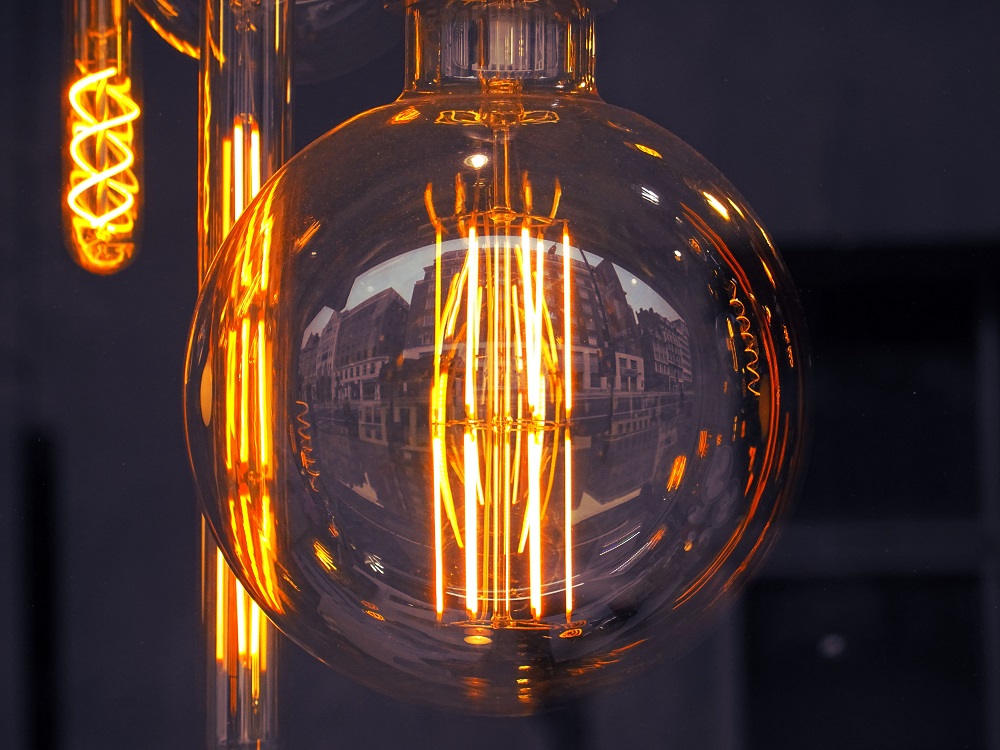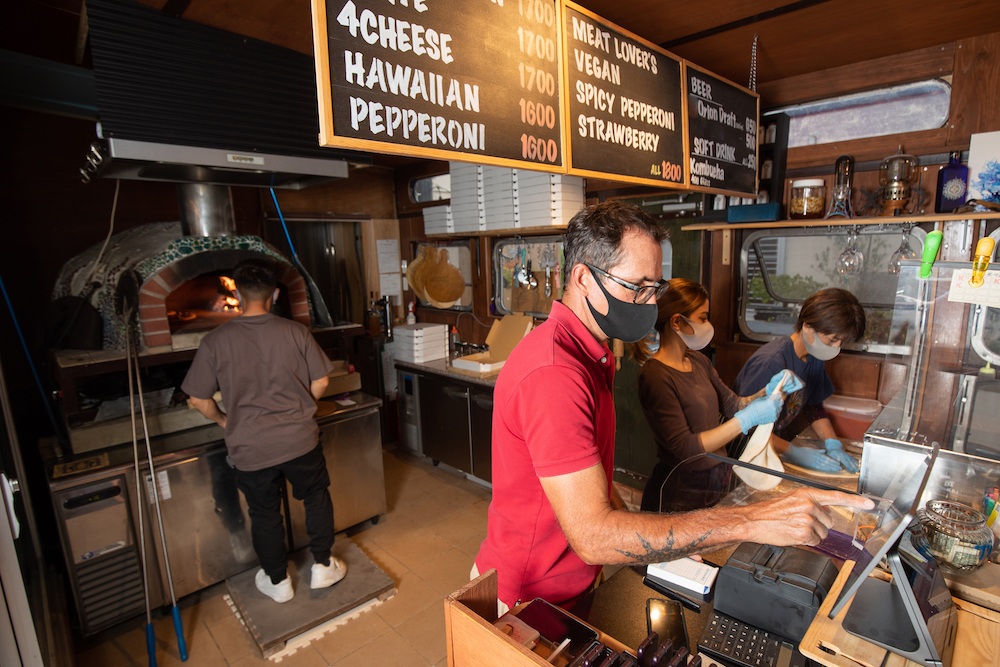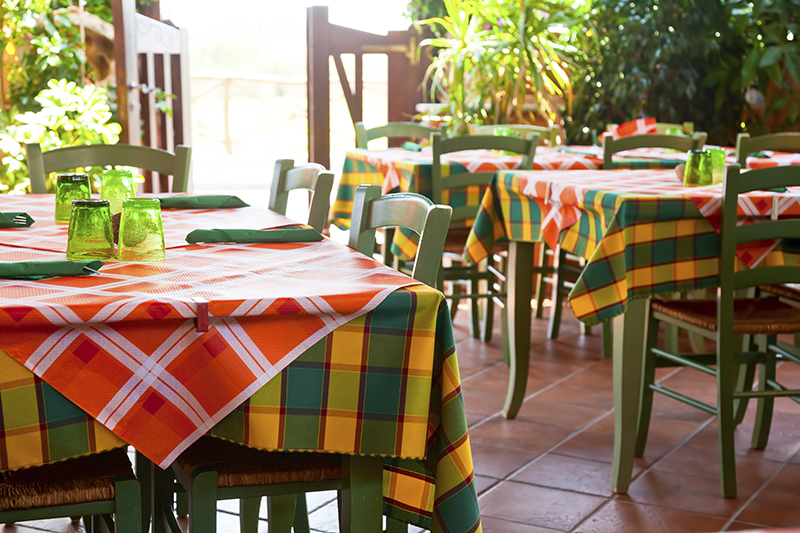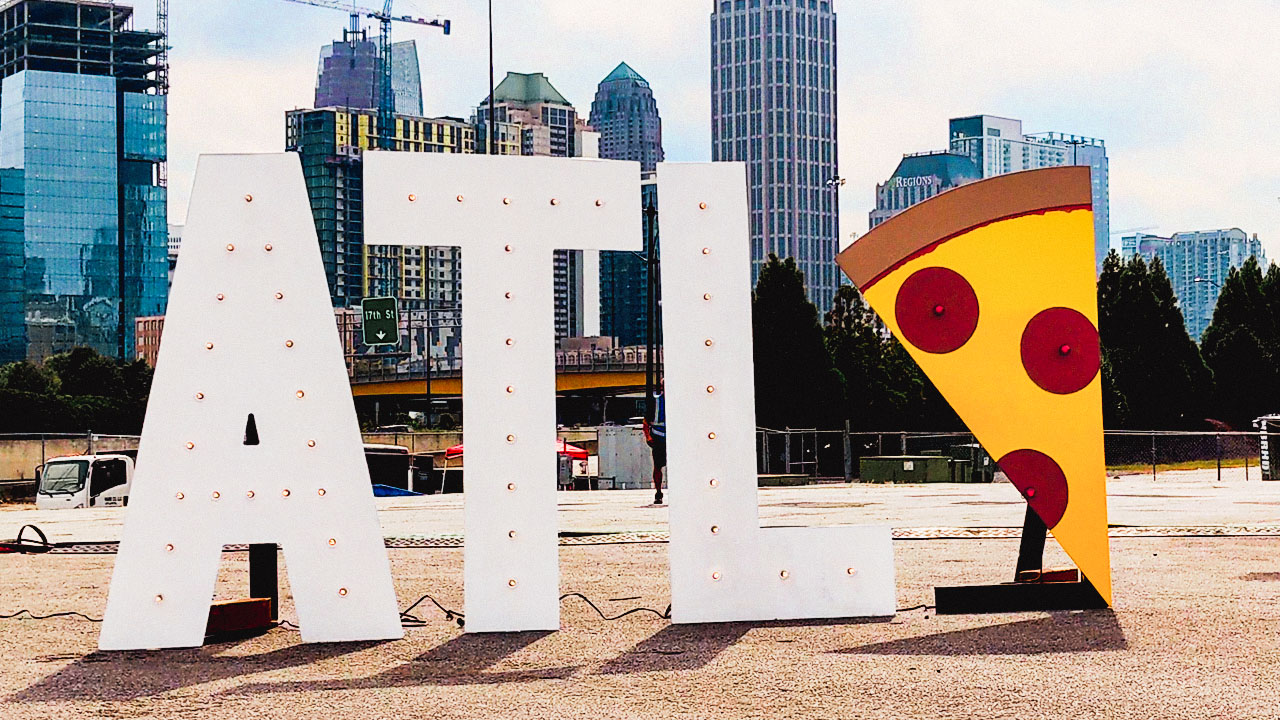American restaurant owners spend an average of $2.90 per square foot on electricity and 85 cents per square foot on natural gas each year, according to a report by NationalGridUS.com. But the California Green Business Network, which works with small- to medium-sized businesses to create a greener economy, says there are plenty of opportunities to save on your energy bills and that's why they've partnered with Energy Upgrade California to educate small businesses about energy management. Here are their tips for how pizza restaurants can stay energy-efficient and improve their bottom lines:
1. Toss your incandescent bulbs. Pick up some LEDs instead. LED bulbs use 25% to 30% of the energy and last eight to 25 times longer than halogen incandescent bulbs. That means less time climbing ladders and more time keeping your customers happy.
2. Install motion sensor lights. You’ll never again have to remember to flip the switches off before you leave a room in your pizzeria if you install motion-activated lights.
3. Replace exhaust fans with high-efficiency, low-noise models. ENERGY STAR-certified exhaust fans with lighting save save 70% more energy than typical models. By choosing an energy-efficient fan, your pizzeria can save money on electricity and enjoy a quieter space.
4. Install low-flow faucets. In bathroom and kitchen sinks, low-flow faucets reduce excessive use of water. Heating water can be extremely costly, and using less is good for your energy bill and your state’s reservoirs.
5. Wrap your old water heater tank with an insulating jacket. While making sure not to cover the air intake valve, giving your water heater a coat can save up to 10% on water-heating costs.
6. Use a programmable thermostat. If you’re all about installing motion-sensor lights, you might as well go ahead and save an extra 10% on annual heating and cooling costs by installing programmable thermostats. Programmable thermostats regulate the temperature of your pizza restaurant so you don’t have to. For more savings, setting that thermostat just one degree warmer than you normally would in the summertime will typically save you 2% to 3% on cooling costs.
7. Insulate and seal ducts. If your ducts aren’t in a row, you’re losing out big-time. Sealing and insulating ducts properly can help to reduce up to 20% of a cooling system’s energy consumption.
8. Change air filters regularly. While the lifespan of an air filter can vary from product to product, it’s important to regularly check your HVAC equipment’s filters. A good rule of thumb is to change your air filter anytime it looks dirty, no matter how long ag you replaced it. A dirty air filter makes the HVAC system work harder and reduces air flow, costing you money and potentially turning into a bigger issue that requires mechanical maintenance.
9. Choose ENERGY STAR-certified kitchen appliances and office equipment. Refrigerators and freezers that are ENERGY STAR-certified will use far less energy than older models and help you save $150 to $1,100 on energy costs over the course of their use. They’re also good for the environment.
10. Get an energy audit. Not sure why your bill is so high when you think you’re being energy-savvy? Request an energy assessment from your local energy provider. The auditor will come out and inspect your workplace to try to identify any issues and areas where you can save energy and money. The best part? Many electric utility companies offer energy audits for free.
11. Become a certified-green business. Check with your local energy provider to assist your business in reducing its carbon footprint.
The California Green Business Network encourages all businesses to use (or find) an organization or group that can help reduce your energy use. For more information, visit https://greenbusinessca.org/how–to–get–certified/.















